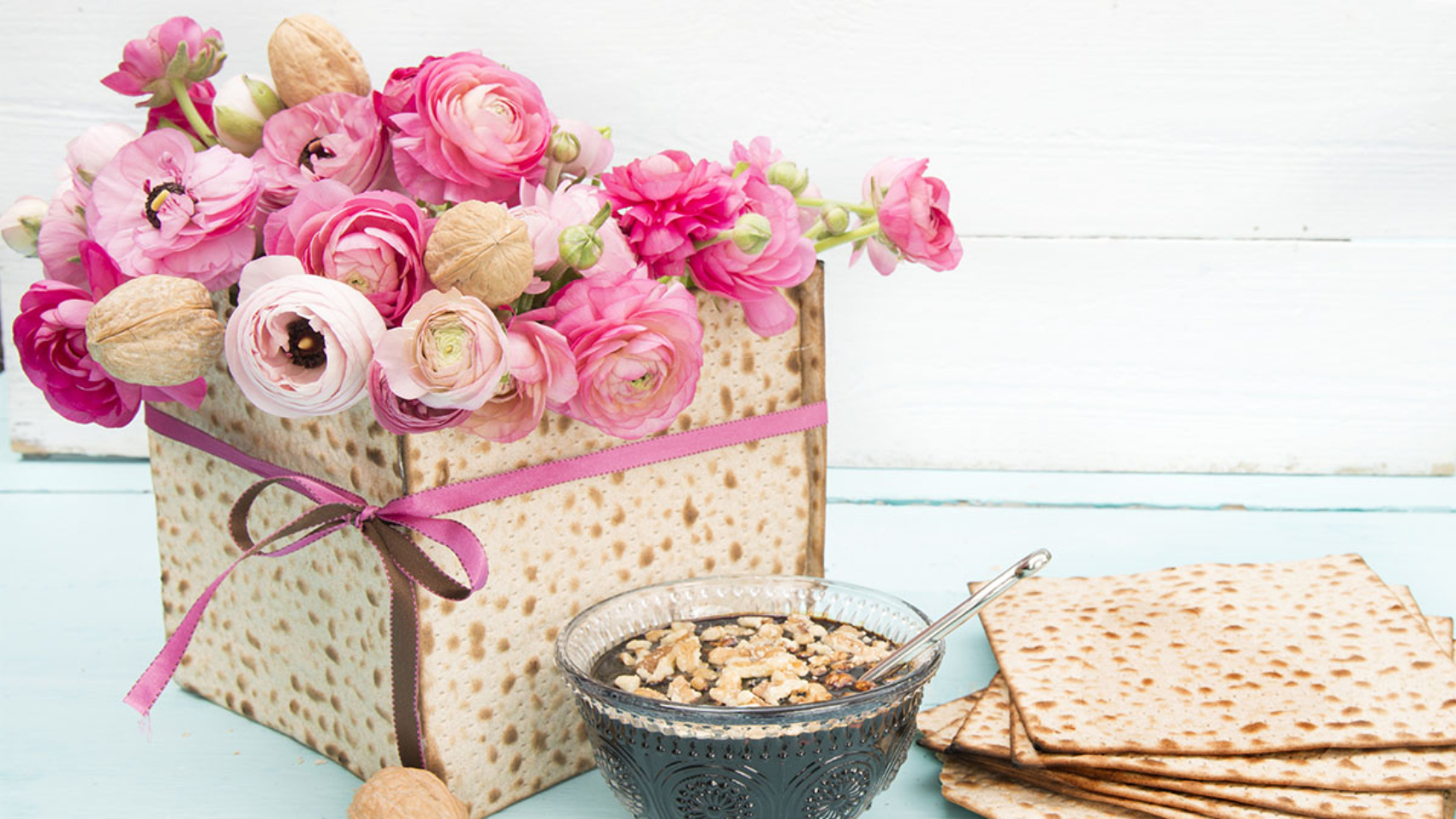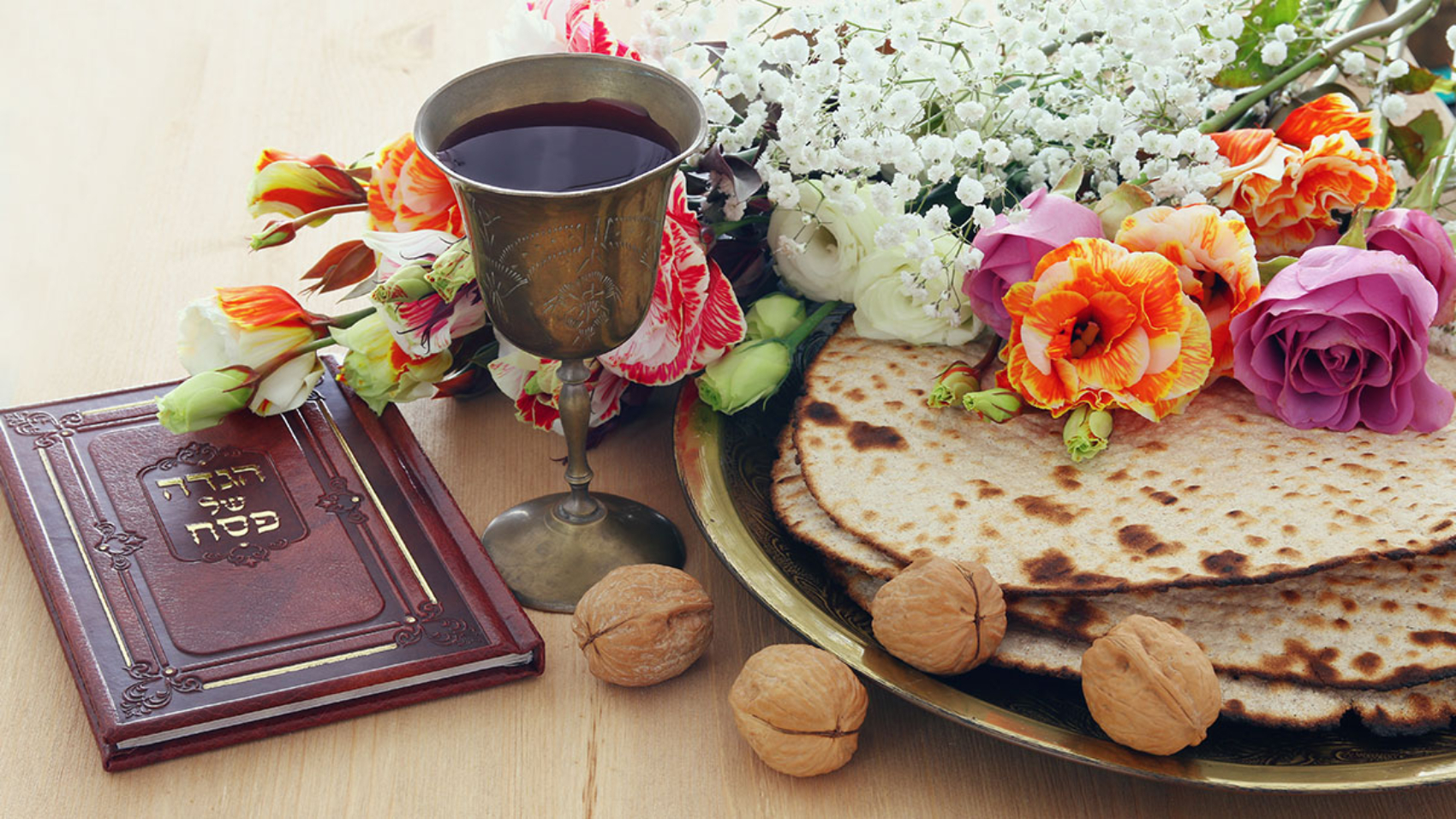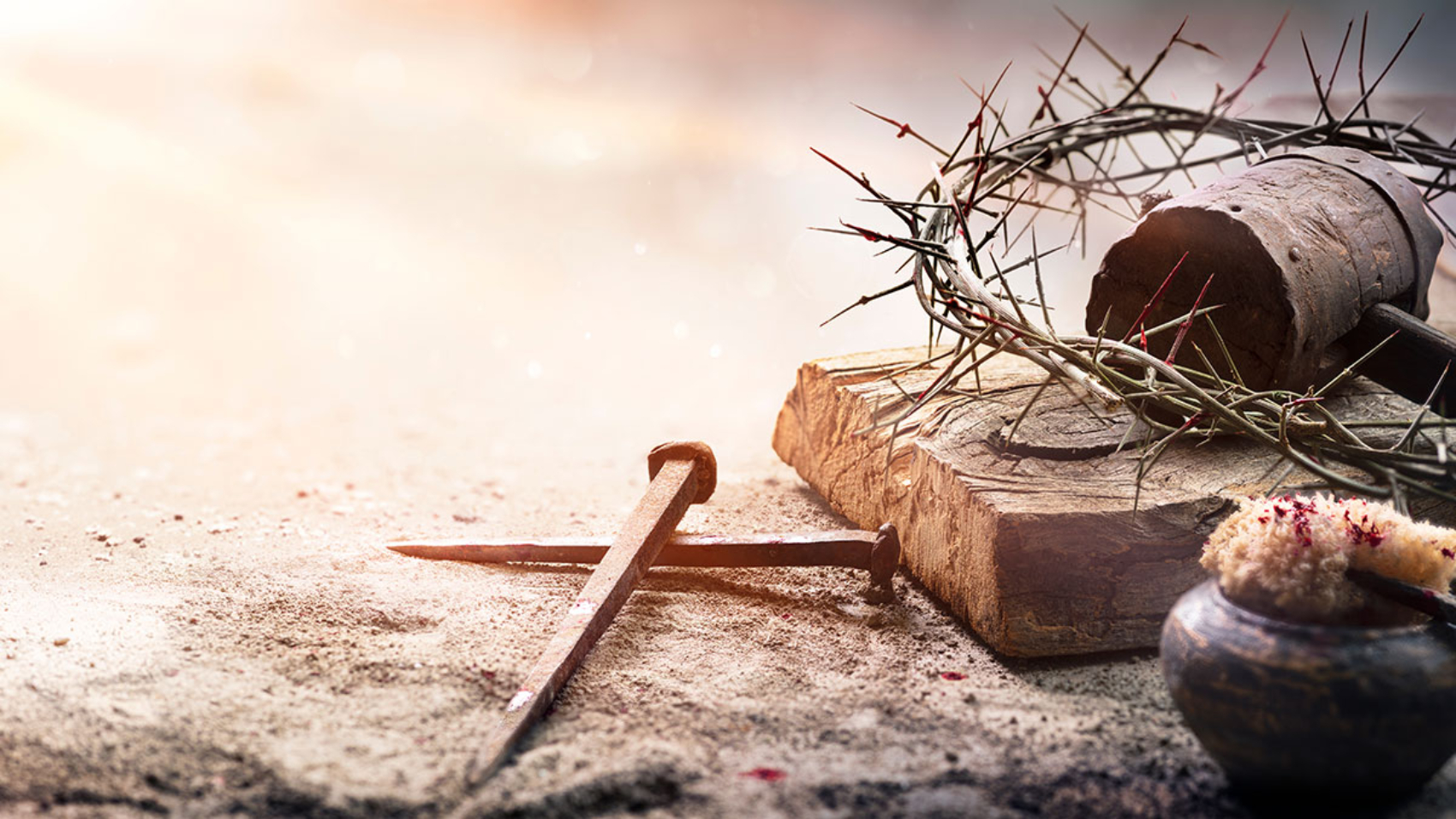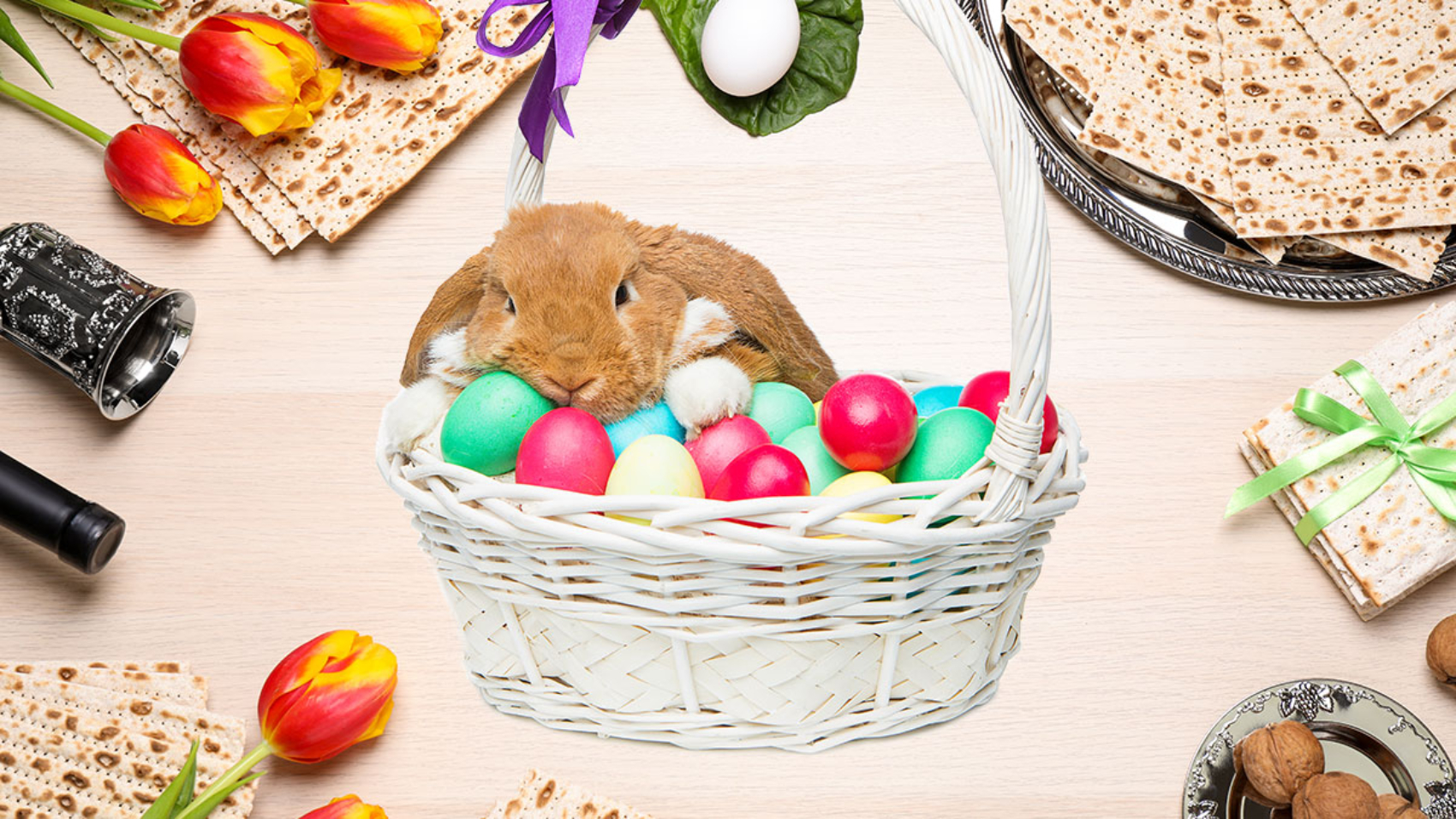This week (August 19) on Shabbat Night Live, While questionable happenings emerge one after the other around the world, YeHoVaH is preparing his people for a Goshen experience in the midst of an end-time Egypt. How will we as believers get through it — and even benefit from it?
Watch the episode — included on this blog post for your convenience — David Lopez opens our eyes to some interesting opportunities!
While you watch, consider the questions below. The timeline for each discussion topic in the video is noted on each question — post your answers in the comments section and let’s get some discussion going!
- (VIDEO TIMELINE – 16:00) How should today’s followers of YeHoVaH assess and respond to the broad public advocacy of such monolithic organizations as the World Health Organization or the World Economics Forum? Even without invoking end-times prophecy or interpretation, what steps can they take to avoid hysteria or combativeness toward those who would undermine their freedom to conduct their lives according to Yeshua’s ministry?
- (VIDEO TIMELINE – 20:00) Similarly, how have contemporary citizens of many Western nations come to resemble those of Yeshua’s community of colonial subjects, who were forced to defer to their imperial rulers? How should today’s faithful negotiate the increasing pressure to “render unto Caesar” and to avoid the temptation of surrendering to Bread and Circuses instead of being proactive and resourceful?
- (VIDEO TIMELINE – 24:00) Over a century ago, H.G. Wells created an enduring science fiction scenario wherein extraterrestrial invaders were destroyed by ordinary pathogens – “the humblest things that God had [created].” How might present-day believers, faced with another pandemic, successfully undermine those within the geopolitical-scientific complex through their own homespun ingenuity and initiative, as directed by divine providence?
- (VIDEO TIMELINE – 28:00) Similarly, how is the one-world government reflex dependent upon the passivity and perceived helplessness of the citizenry in our heavily agnostic age? How might this momentum be disrupted and even destroyed by the inventive example of those who fully consider and enact Yeshua’s exhortation to be both “wise as serpents and harmless as doves” in their refusal to submit to the monitoring and control of all human activity?
- (VIDEO TIMELINE – 32:00) As the social and political upheavals of recent years recede and new elections loom, how can the rebel ethos of the United States be rediscovered by complacent citizens as a viable opposition to international pressure toward conformism? How might its Judeo-Christian component be viewed as a central, rather than marginal, element that could redefine the dynamic between the individual and the state?
- (VIDEO TIMELINE – 38:00) How might our contemporary civilization be compared to that of the Western world in the first century in terms of innovation and advancement borne out of autocracy and oppression? How are today’s believers, like the underground church of decadent pagan Rome, faced with unrealized opportunity in the form of cryptocurrency, “obsolete” media like shortwave radio, and increasing demographic mobility?
- (VIDEO TIMELINE – 42:00) Similarly, how does our current predicament recall the dilemma of the ancient Hebrews as they faced the prospect of fleeing a slave state with no guarantee of survival? Could the near future of Western civilization witness both a resurgence of dependence upon YeHoVaH by more resilient believers and simultaneous despair among those who have unwittingly placed more value upon the material world?
- (VIDEO TIMELINE – 46:00) How have the vagaries of the pandemic – enforced confinement, remote learning in schools, food shortages, increased surveillance – resulted in a defiant reawakening of our natural human desire for freedom and community? How might this unintended consequence of official control ultimately be more beneficial for resolving racial and cultural differences between citizens than coercion or propaganda?
- (VIDEO TIMELINE – 50:00) Similarly, how have the events of the past two years exposed the destructive aspects of elitism among those in power, whether in politics, industry, or media, to such an extent that nonbelievers are finding common ground with the faithful in their recognition and assessment of evil? How likely is a near-future scenario like that described in Jeremiah 31:34, wherein evangelization will become virtually unnecessary among disparate peoples because YeHoVaH will have “put [his] law in their minds”?
- (VIDEO TIMELINE – 54:00) The recent repeal of the constitutional right to abortion has resulted in further polarization between pro-life and pro-choice factions. How has this served to recall the perspective of the ancient pagan Romans, who considered life to be cheap, but who were superstitious about death? Furthermore, how might this legislation, like the various effects of the pandemic, compel a greater awareness of the devaluation of human life as an expression of evil?







